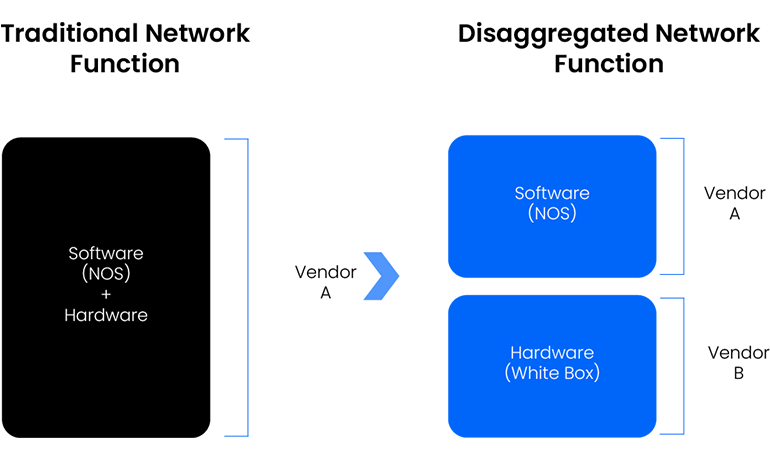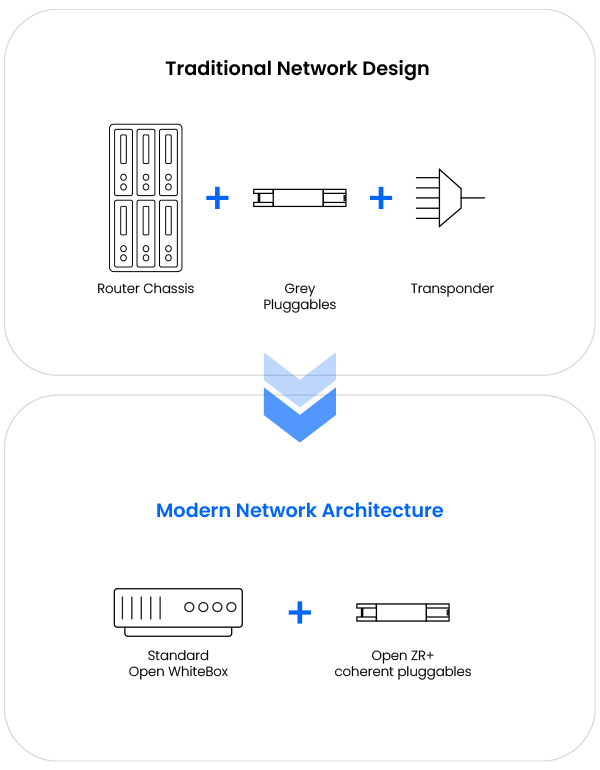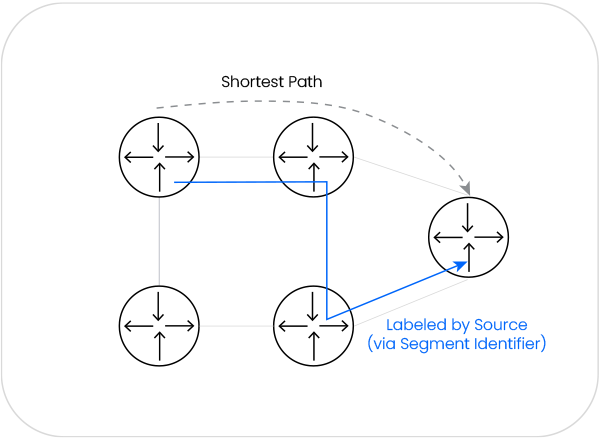Industry Events
At OFC 2024, DriveNets' Calin Miculescu P.Eng demonstrates the future of networking,...
Read moreNetwork innovation is vital to service providers’ and hyperscalers’ business success.
As networks have become more software-centric, the Network Operating System (or NOS), has become a key enabler of network and service innovation.
There are several approaches to NOS ranging from monolithic to fully disaggregated.
Did you know that a NOS can feature additional capabilities such as virtualized distributed networking and native “cloudification” of the network?


Optical transport is key for enabling the ever-growing demand for capacity. For decades, technologies like dense wavelength division multiplexing (DWDM) and optical transport network (OTN) allowed operators and hyperscalers to grow their infrastructure capacity without the need for further investment in physical infrastructure (e.g., laying fibers underground or undersea).
This created a separately managed optical domain that includes optical nodes such as reconfigurable optical add-drop multiplexers (ROADMs), repeaters and amplifiers across the network.
More importantly, it created significant optical overhead for any edge site. This includes terminal multiplexers, which incorporate transponders and muxponders that are used to convert signals coming from the data source (e.g., the router, switch, or base station) into “colored” signals on a specific wavelength.
How does DriveNets support the converging of optical and IP networks with open ZR/ZR+ optical interfaces here?
Introduced by Cisco in 2011, segment routing (SR) is a flexible routing method within a single autonomous system (AS) or network domain. Having since gone through IETF standards processes, it has been adopted by a few network operators worldwide, and implemented by most networking vendors.
Segment routing, and especially SRv6 if deployed correctly along with a more modern architecture, offers service providers a robust, scalable, and cost-effective solution for modern traffic engineering. It dramatically reduces network operations efforts and supports rapid service delivery.
Do you want to learn more about segment routing and SRv6?

Industry Events
At OFC 2024, DriveNets' Calin Miculescu P.Eng demonstrates the future of networking,...
Read moreBlog
Evolution is inevitable in any market, as the competitive environment and changes in market demands accelerate evolution. Some players, such...
Read moreWhite Papers
This white paper examines how service providers should evaluate next-generation architecture. There is a tendency to choose a chassis-based architecture,...
Read more